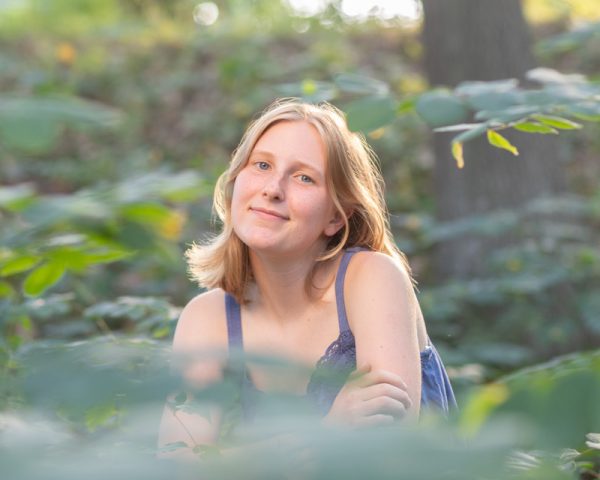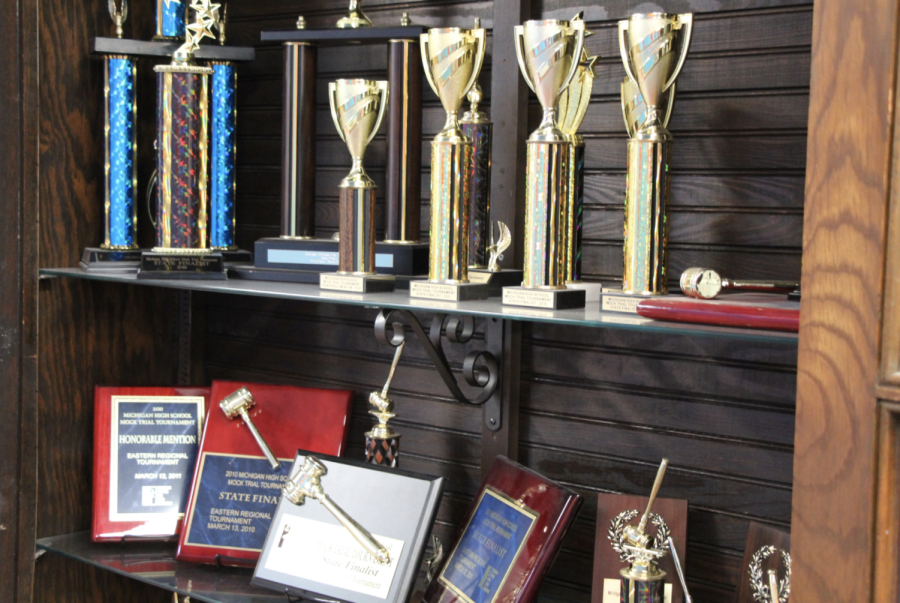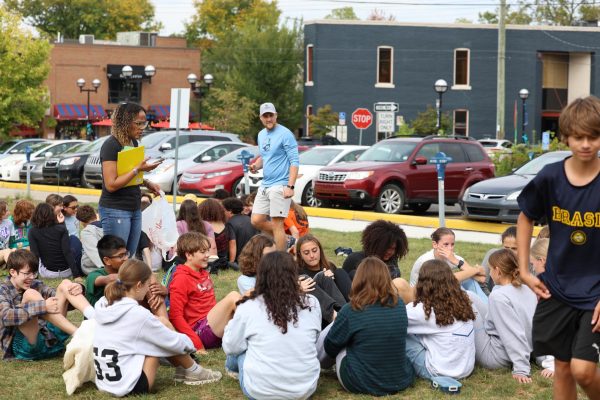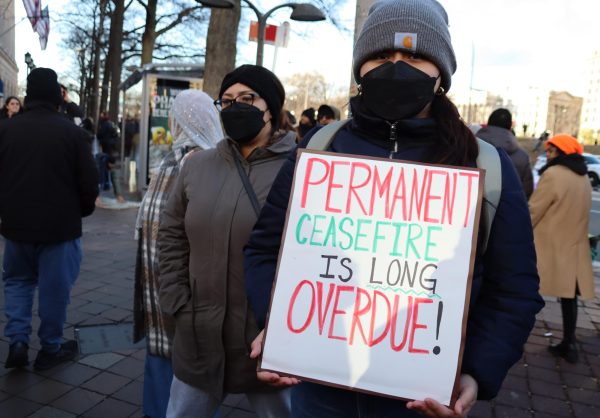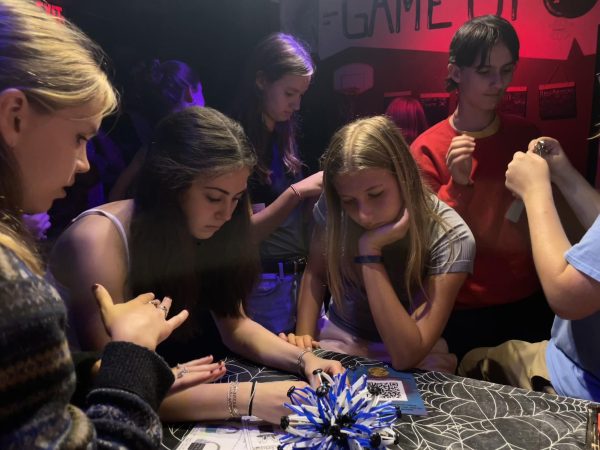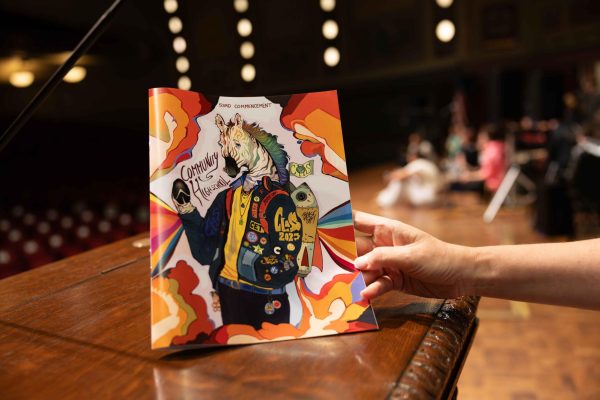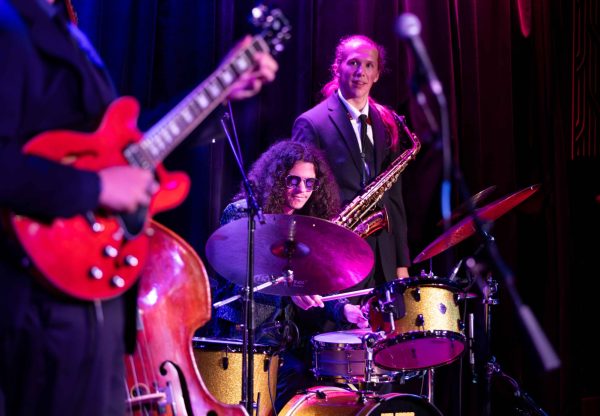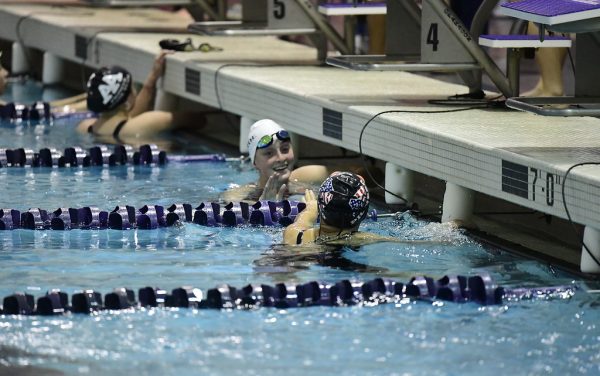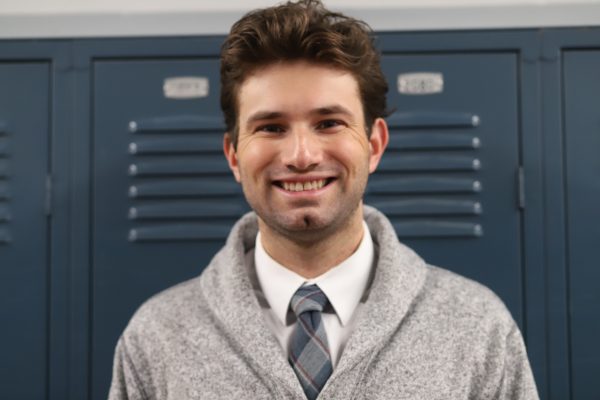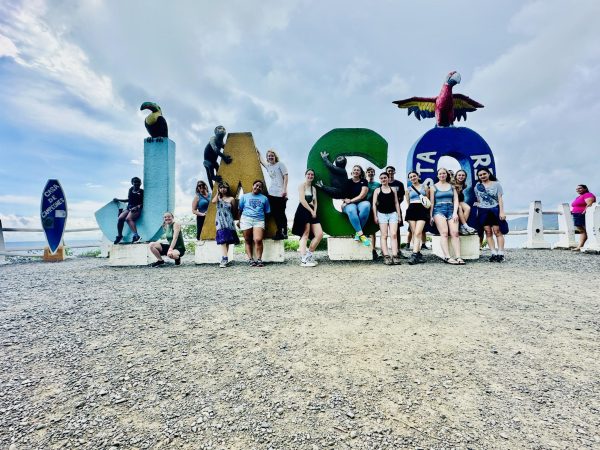Trials and Tribulations
Since Mock Trial was established at Community High School (CHS) in 1982, there has only been one other instance in which the B Team advanced to the state competition and the A-Team did not. This year, after the regional competition on Feb. 19, the B Team was announced to have qualified for the state competition, while the A-Team was not. Members of both teams were unsure of how to react.
“When the verdict was announced, I thought that we would be going to states,” Ari Taylor, a member of the A-Team, said. “And then we didn’t.”
“[The A Team] definitely started out at a little bit of a higher level,” Sam Austin, a witness on the B-Team, said. “[So it was] unexpected, and obviously everyone has different complicated feelings about that.”
Concluding an entire day of trials over Zoom, all the competing teams were brought together at 5:15 p.m. for the announcement of awards. Taking advantage of their captive audience, the tournament organizers began with sponsor recognition. The announcement both teams were waiting for was certainly drawn out—the teams that were advancing to states were revealed near 6:00 p.m.
“[There was] a lot of build-up to no payoff,” Izzie Jacob, another A-Team member, said. Jacob doubled for the A-Team, meaning she competed as a lawyer for both sides of the case (Plaintiff and Defense). As a result, she participated in all three trials, each lasting around two hours.
In Michigan, Mock Trial competitions are conducted through a series of rounds, called trials. In each trial, one half of a team—either the Defense of Plaintiff side—goes head to head against the opposing side of another team. For example, the CHS A-Team Plaintiff went up against the Huron A-Team Defense.
Teams were scored by three judges. Each judge allotted points based on a ten-point scale for each component of the case, depending subjectively on the judge’s perception of each teams’ exhibition. Then, each judge tallied the points awarded to each team, and the team with the greater score received that judge’s ballot. Winning teams were then determined based on their total number of ballots — not points —in order to compensate for differences in the scoring scale between judges.
Although the A-Team received more points—830 respectively to the B Team’s 821—the B Team received a total of eight ballots out of a possible eight ballots, while the A-Team received five.
“We got really lucky with the teams that we went against,” Austin said. “A lot of them were newer teams or teams from smaller schools with smaller Mock Trial programs.” Due to the randomized pairings in Mock Trial competitions, teams go up against teams of widely varying skill levels.
“[We] went against Huron’s A-Team, which was obviously tough,” said Zoë Simmons, a captain of the A-Team. “There were a few witnesses who gave some of our attorneys a run for their money, especially regarding time, which put everyone in a bit of a crunch.”
“There’s this balance between wanting to be happy for [the] B Team, and being salty and upset about the current state of things,” Taylor said. “But I feel like that’s starting to fade.”
Both Bachman and Jacob shared similar sentiments regarding the balance between disappointment and excitement.
“[The important part] was creating memories with my teammates, learning, the bonding experience, the relationships I was able to create,” Jacob said.
Moving forward, the A-Team will refocus their efforts into helping the B Team prepare for the state competition, taking on more of a coaching role. Despite everything, A and B teams are only considered separate during the competition.
“I think it’s going to be really exciting to watch [B Team] succeed,” Simmons said.
